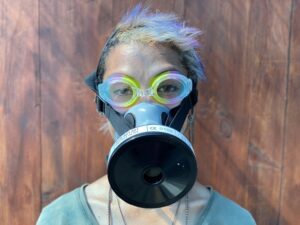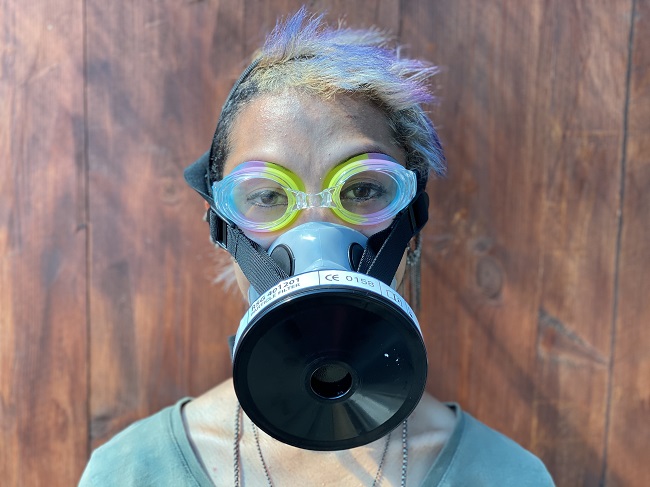Britain’s health secretary, Matt Hancock, has confirmed the government is looking at measures to prevent a second wave of Covid-19 from reaching the UK, as cases rise across Europe. Jonathan Van-Tam, the deputy chief medical officer, is expected to announce an increase in the self-isolation period for those with symptoms.’We can see a second wave of coronavirus that’s starting to roll across Europe’ Hancock said.’We want to do everything we possibly can to protect people from that wave reaching our shores’
The Prime Minister said the UK has to be “vigilant” regarding the threat of a second wave of Covid-19. Mr Hancock also hinted that the length of time people with coronavirus symptoms must self-isolate for will be increased to 10 days in England. The Health Secretary told LBC’s Nick Ferrari that the Government would be “guided by the science” over the length of time people with coronavirus symptoms must self-isolate for, but he revealed there would be an announcement on the matter on Thursday.
Speaking to LBC Mr Hancock warned, “we can see a second wave of the virus rising in Europe.”

Deputy chief medical officer Professor Jonathan Van-Tam is expected to announce on Thursday that the period will increase from the current rule of seven days. Mr Hancock warned that a new spike in Covid-19 cases is “clearly” beginning to emerge in Europe as he said “we’ve got to do everything” to prevent it reaching the UK’s shores. He hinted that Prof Van-Tam will announce the change for the self-isolation period for those with the key symptoms of a new continuous cough, high temperature or loss of taste or smell.
Authorities in Barcelona implemented extra measures by limiting the amount of people who can go on the beach to ensure social distancing is followed. Meanwhile in France, face coverings are now compulsory in enclosed public spaces after a number out virus outbreaks were reported. Both Spain and France are among the worst-affected countries in the world by coronavirus, having recorded more than 200,000 cases each. European Covid-19 ‘second wave’ could mean further quarantine orders Boris Johnson indicated that quarantine restrictions could be imposed on further European countries if a “second wave” of coronavirus hits the continent. The Health Secretary also said ministers were investigating ways to reduce the 14-day quarantine period for new arrivals to the UK from at-risk countries.
Health Secretary Matt Hancock tells LBC no decision will be made today on reducing the 14-day quarantine time for people arriving from high risk countries.
— LBC News (@LBCNews) July 30, 2020
Asked about reports, he told Sky News: “We’re always looking at how we can have the least-possible burden of the measures that we have to put into place so that is something on which we’re doing some work but we’ll only come forward with a proposal when we’re confident that it is safe to do so. “So again this is very much guided by the clinical science and the CMO (chief medical officer) will be speaking on it later today, but the broader point is that there’s a serious concern about a second wave that’s clearly now moving across Europe and we need to take action. “If that means increasing the number of days that people who test positive have to self-isolate then so be it because these measures are necessary to keep people safe.”


The spread of the coronavirus could be elevated this fall with as many as 150,000 daily cases in the U.S., according to Morgan Stanley’s biotechnology analyst, Matthew Harrison. “We update our scenarios to account for the higher sustained infection rate,” Harrison said in a note Thursday. “Our bull [most optimistic] case reflects similar virus control to Europe while our base [most likely] case assumes a near-term plateau followed by increased spread in the fall. [About] 150,000 daily new cases are possible without better control of the virus.”
Harrison previously projected a “second wave” in the autumn with daily new cases totaling between 40,000 and 50,000 nationwide. However, the recent emergence of hot spots — Arizona, Texas, Florida and California — has reflected a high rate of infection, which led the analyst to adjust to a more pessimistic view on the pandemic.
“Our assumption of a growing reproduction number, and consequently increasing daily cases, throughout the rest of the year is based on the fact that traditionally the spread of viruses is elevated in the fall compared to the summer primarily due to more people in enclosed spaces,” Harrison said.
A recent resurgence in new cases has forced a number of states to roll back their reopening plans, which weighed on the stock market that rallied massively in the second quarter on hopes for a fast economic recovery. Texas and Florida hit grim records for daily coronavirus deaths based on a seven-day moving average.The virus has infected an average of 66,805 people per day in the U.S. over the past seven days, up more than 7% compared with a week ago, according to a CNBC analysis of data compiled by Johns Hopkins University. On Wednesday, California Gov. Gavin Newsom reported a record spike in daily infections, surpassing New York as the U.S. state with the most confirmed infections since the pandemic began.